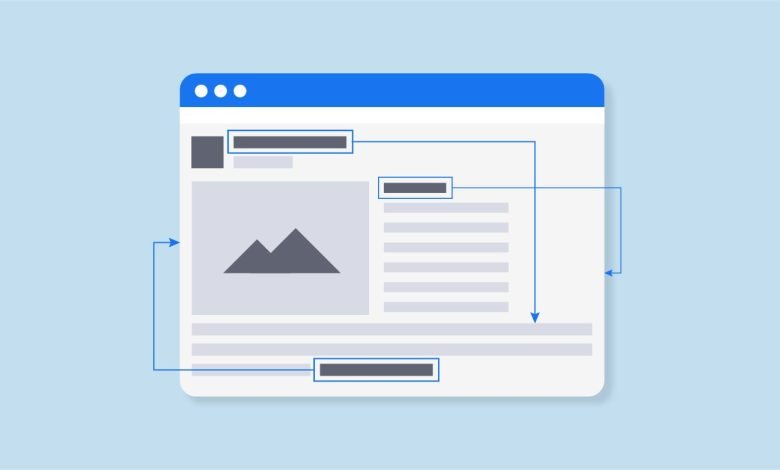How To Improve Your Overall SEO With Internal Links

If you are looking to create a new website or update an existing website, Ensure that your website is SEO-friendly with internal links.
What are internal links?
All links linking to your web pages are called internal links. So now the most important question is do internal links help SEO?
Yes. and you are missing a great opportunity to improve your SEO and create a more user-friendly website experience for your visitors if you don’t have an inner linking strategy. If you are interested to learn more about the SEO skill you can enroll in some good Digital Marketing Certification offered by reputed Institutes.
These best practices will help you improve your SEO position with internal links.
SEO strategies that improve SEO positioning using internal links:
User experience
Your value proposition may be compelling to your visitors but if they don’t find it, your positioning goals won’t be met. Search engines emphasize rewarding positive user experiences.
If a user searches for something on Google or Bing, they will find it at the top of search results. This is when the website gives value to the user.
Control the flow and value of internal links
It is important to know where inbound links are coming from other sources on your business site. You also need to set up your web structure so that it doesn’t diminish the landing page’s value.
You can simplify navigation by not having to put dozens of links per page. This allows you to concentrate on the link value and ensure it flows to the most relevant pages.
Your content, its structure, and the places you wish to send substantial link value should all be considered when developing your link-building strategy.
You can organize content into themes
You don’t have to be afraid that site visitors will scroll and click. It doesn’t mean that you have to put all your content on top-level pages. You can organize content around themes to prioritize pages at the top.
You can create subtopics within every category of your website by creating a natural structure for your content. This will ultimately lead to a higher ranking for long-tail keywords that are specific and detailed.
Your content hierarchy must be for the user as well as the Google search engine.
Write unique content
Unique content is essential to build a brand and delivering a great user experience. Search engines will filter duplicate content. It can be hard to establish a niche authority if you have the same content across all your pages.
It is crucial to recognize and identify the areas of your website that contain duplicate content. Because having duplicate content is an issue for SEO.
This is especially important if you are in a commercial niche that sells products sold by other online shops.
Indexing and crawling
Your efforts won’t be rewarded if your website navigation cannot be tracked. It is important to not only get search engines to view all your content but also to have an easy way to look deeper into all subject areas on a website and to determine the relationship between pages based on relevance.
If you don’t have an approach to crawling Google, and can’t find certain pages on Google, you are missing out on good ranking.
While SEO best practices can change over time due to user behavior or search engine priorities, it is important to focus on the key factors that will improve SEO rankings with internal linking.
Doing SEO logically and acting naturally at first will give you a solid foundation to understand more technical aspects of link flow and how to index content.




